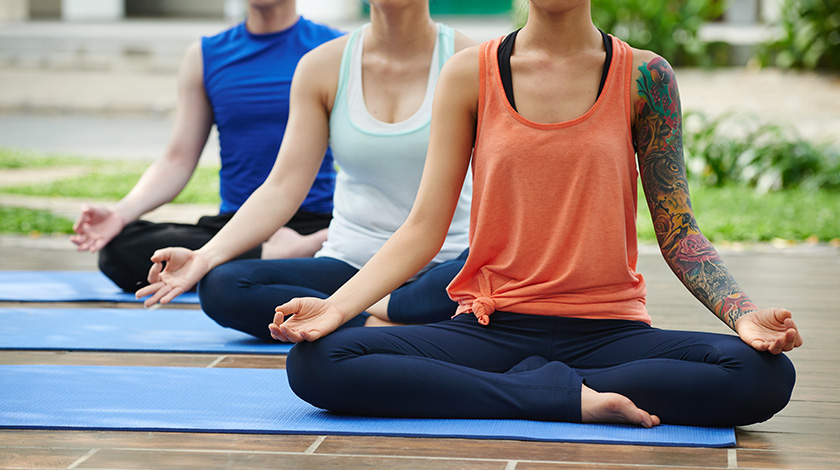Mention exercise and the first images that come to mind are probably of burly men hurling barbells around, Olympic sprinters or muscled gymnasts performing impossible acrobatics. But while these strenuous exercises are obviously great for keeping in shape, research has found that low-impact exercises like walking and yoga can be just as good at keeping you healthy as high-impact exercises. 1 It is possible to maintain a healthy weight and a healthy heart without putting your joints, muscles ligaments and tendons under excessive strain.2
Whether you’re easing yourself into an active lifestyle, recovering from injury or just looking for alternatives to your punishing gym workouts, here are some effective low-impact exercises you can try!
Walking

Walking is not only easy on the joints, but on the wallet — 30 minutes of walking can burn 100 calories, and all without spending a single cent!
Regular walking can reduce the risk of developing serious ailments such as type 2 diabetes, heart disease, asthma and even some cancers.3 What’s more, you needn’t set aside time specially for walking. You can simply work your walking workouts into your regular schedule. Take your dog for a walk, walk to work whenever you can and climb the stairs instead of taking the elevator. Every step counts.
Yoga

The gorgeous and colorful outfits may be part of yoga’s appeal, but this increasingly popular sport isn’t just for show.
Yoga can do wonders for your core strength, flexibility and cardiovascular health. It helps to build up ligament and muscle strength without putting strain on the joints. That’s why strength and endurance athletes often swear by yoga — by beefing up lesser-worked muscles and connective tissue. Regular yoga sessions have also been linked to lower incidences of athletic injuries as well as faster recovery from vigorous workouts.4
Swimming

A moderate intensity 30-minute swim is up to 90% less stressful on your joints than other forms of land-based cardiovascular activities such as cycling, jogging or jumping rope. It’s also incredibly efficient at burning calories, with a single half-hour session burning up to 350 calories. That’s because swimming is a whole-body exercise, giving your back, chest and leg muscles a good workout.5
A slimmer waistline isn’t the only benefit of regular swim sessions. Swimming has been linked to lower levels of stress and anxiety, lower blood pressure and a stronger immune system.5
Golf

Golf isn’t just about swinging a golf club around. Walking an average course can be a three to four mile workout, during which you can burn as much as 400 calories if you carry your own clubs. Just make sure you stretch before you swing, to avoid lower-back and shoulder injuries that can result from jumping into a round of golf without proper warm-up.
These exercises may be gentle on your joints and ligaments, but they’re very effective at improving cardiovascular health and muscular strength. Give them a shot.
Resources
- Easy exercises. NHS Choices. Visited 24 November 2014.
- Walking – the first steps in cardiovascular disease prevention. Murtagh EM, Murphy MH, Boone-Heinonen. Curr Opin Cardiol. 2010; 25(5): 490–496.
- Walking for health. NHS Choices. Visited 24 November 2014.
- What is yoga. NHS Choices. Visited 25 November 2014.
- Golfing can be good for you if done correctly. Harvard Health Publications. Visited 25 November 2014.

